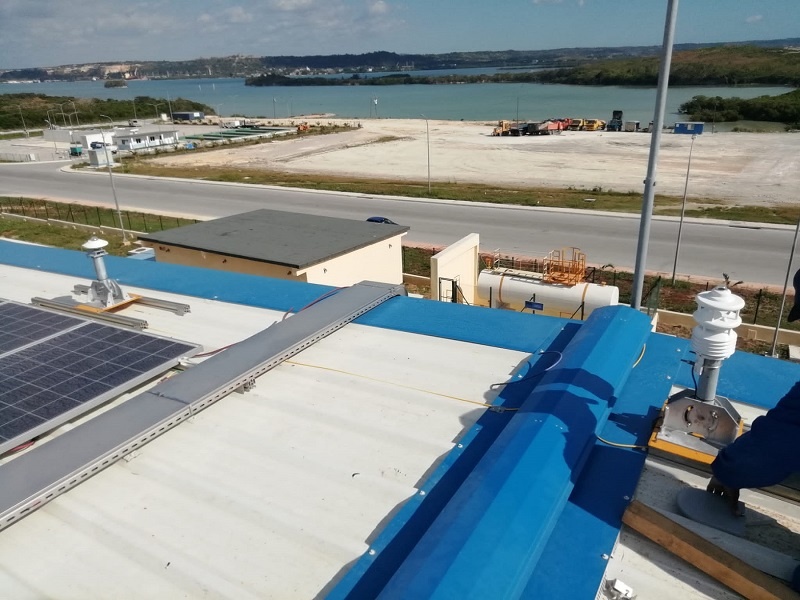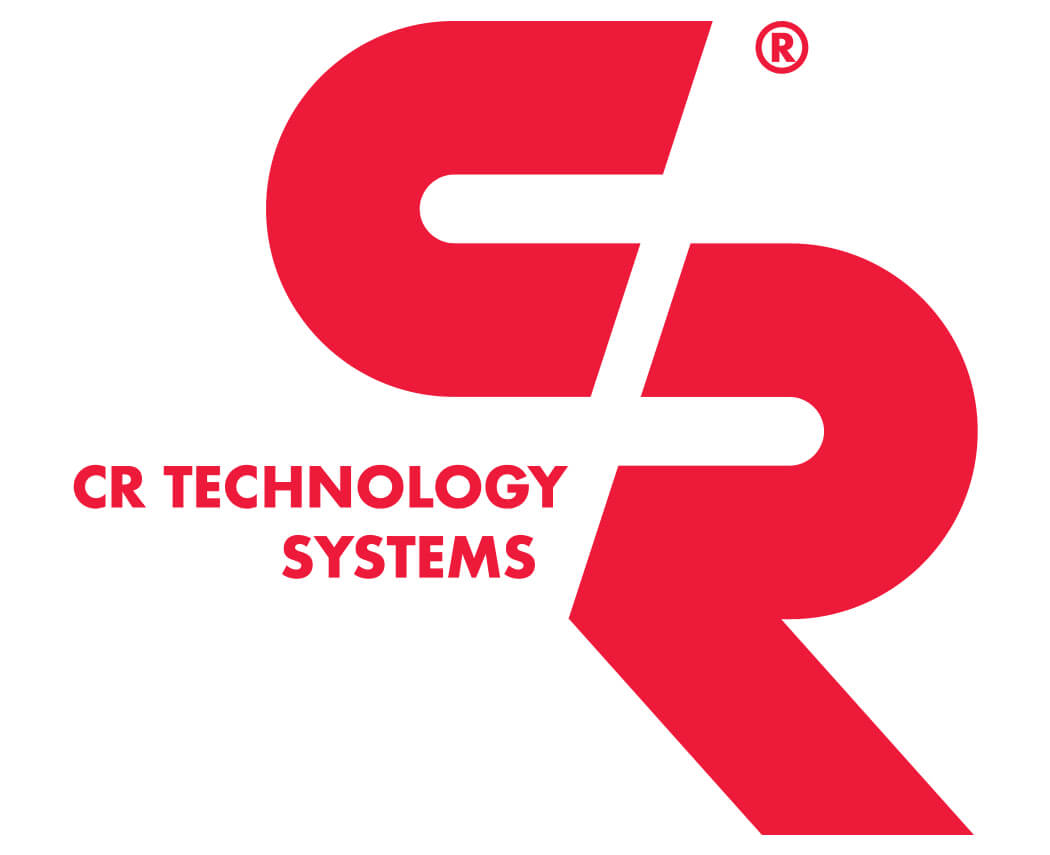The functionality and profitability of a photovoltaic system are guaranteed by a series of periodic checks and measurements, accordingly with the parameters set in the design phase.
To obtain this result, it is necessary to plan and carry out scheduled checks over time, so as to collect, historicize and analyze the data of the photovoltaic system, in order to implement any preventive or corrective actions.
How to measure this data?
Here are some tools:
Pyranometer: it is a measuring instrument of solar radiation that is based on the thermopile principle, more specifically on the Seeback effect (that is a thermoelectric effect whereby, in a circuit consisting of metal conductors or semiconductors, a temperature difference generates electricity). This allows to correctly measure all the weather variables that influence the performance of the system, so that operators can control their investment.
The measurement of solar radiation, calculated by tools such as diris, inverters and protection relays, provides the most important data for evaluating the performance of a photovoltaic system, both in terms of energy production and economic turnover.
C.R. Technology Systems uses photovoltaic cell pyranometers, which are placed side by side and with the same orientation as a photovoltaic module, and they return a value directly proportional to the electrical energy, through which it is possible to assess the correct operation. The performance ratio is calculated with the formula: PR = E / (Eirr * Pinstal).
Meteo station: it is a meteorological station capable of controlling, measuring and monitoring climatic and environmental conditions, through the use of sensors such as:
- Temperature sensors: element composed of a sintered semiconductor material which, in response to a small climatic variation, determines a resistive variation
- Atmospheric pressure sensors: electronic components that transform pressure into an electrical signal
- Humidity sensors: they allow to transform the relative humidity into an electrical signal
One of the key strengths of the latest generation weather stations, such as those installed by C.R. Technology Systems, is the reduction of design and operating costs. It is possible through smart automation solutions and their compatibility with every application, from the simple operator interface to the SCADA solution.
Reference systems: they measure the percentage of energy loss of the plant due to the filth on panels that compromises their functionality. The information collected by this tool allows the operator to appropriately and timely clean the system, thus saving unnecessary and too frequent interventions.
All these devices with their peculiarities contribute to maintaining high levels of efficiency and productivity of the photovoltaic system. Furthermore, they have the advantage of being integrable and compatible with existing or new and innovative infrastructures.

